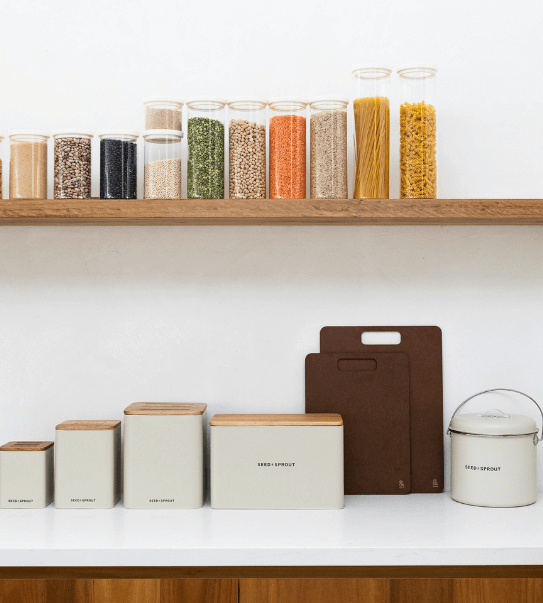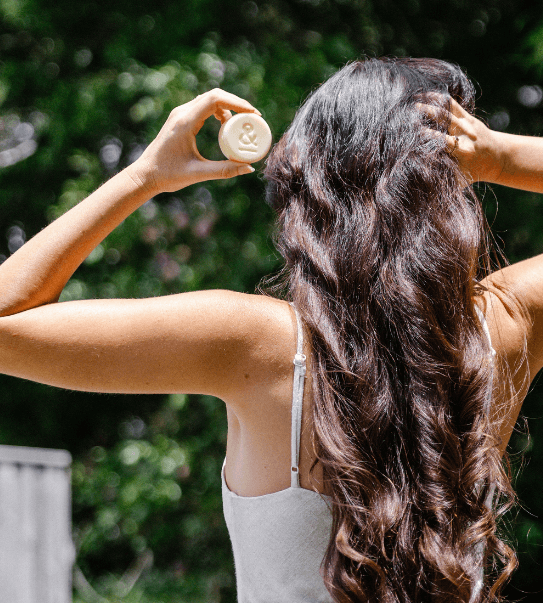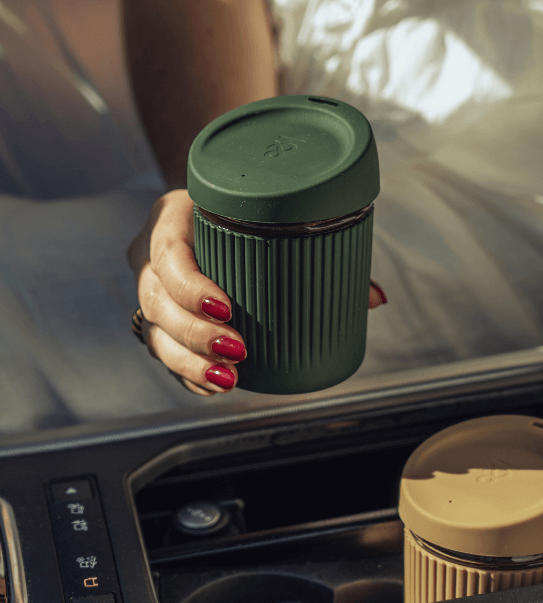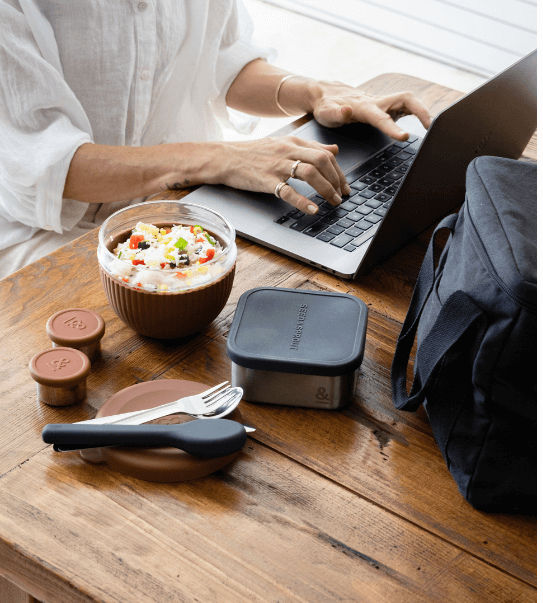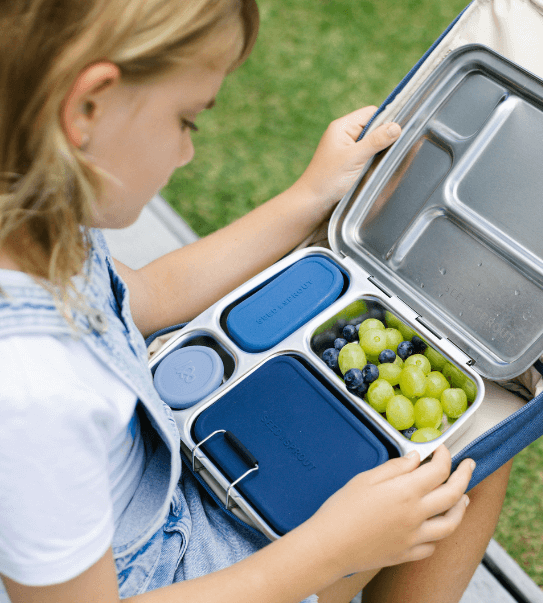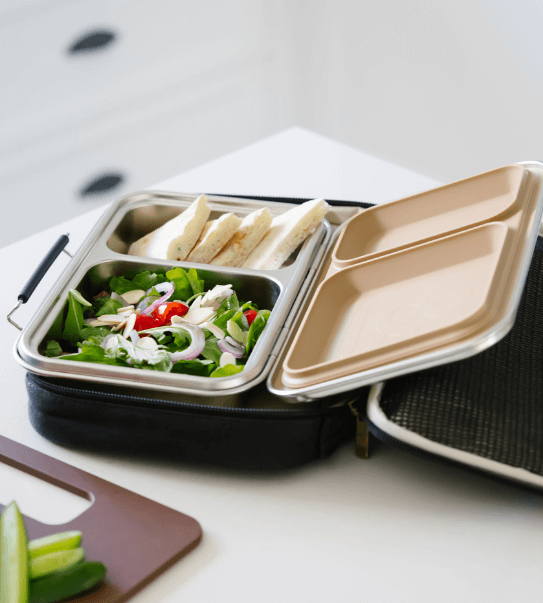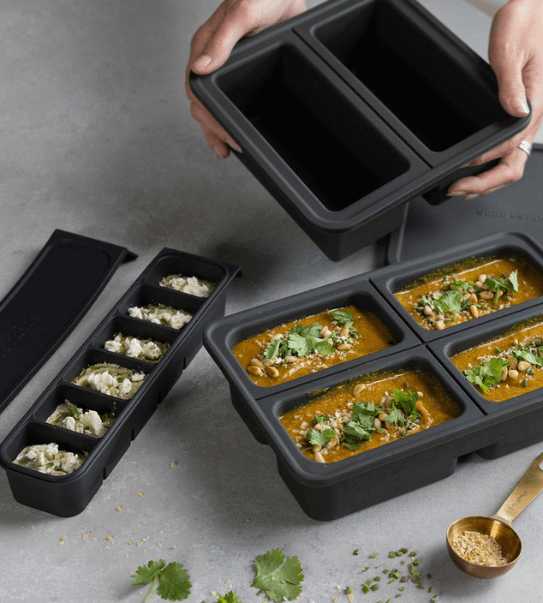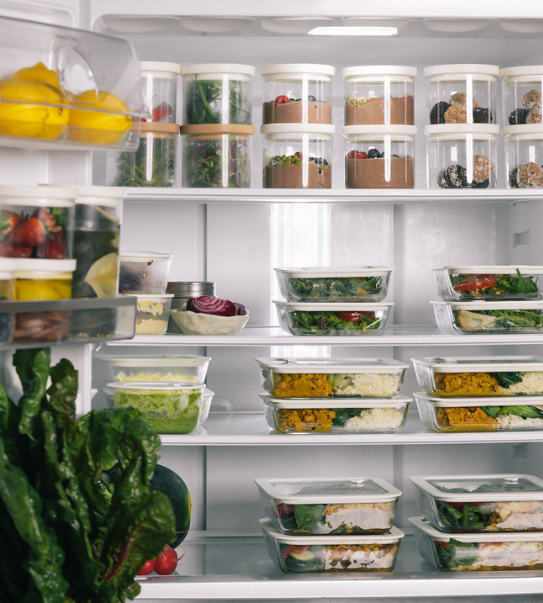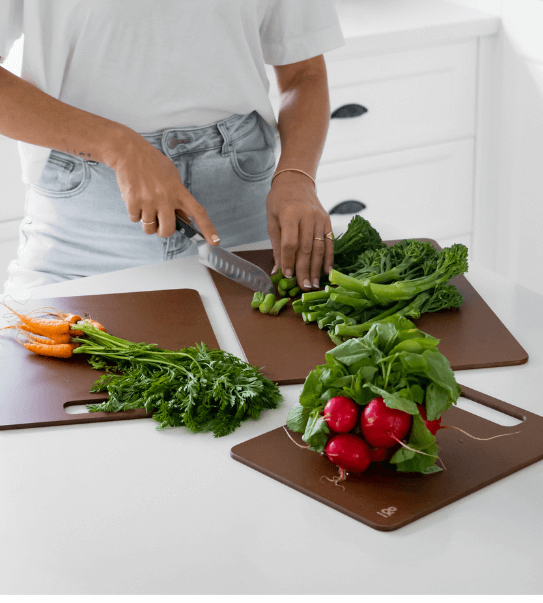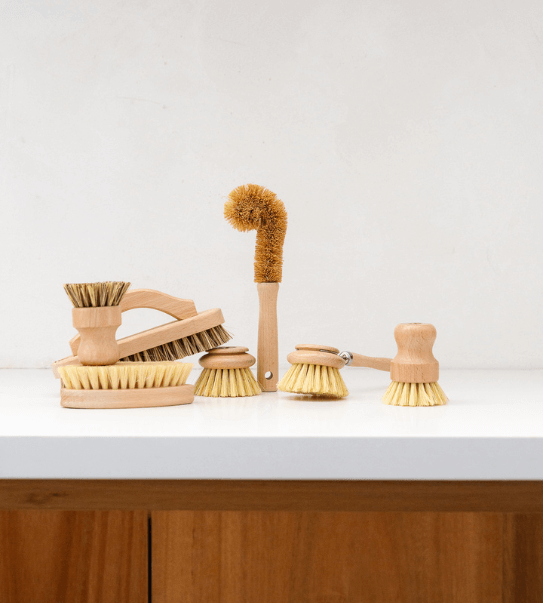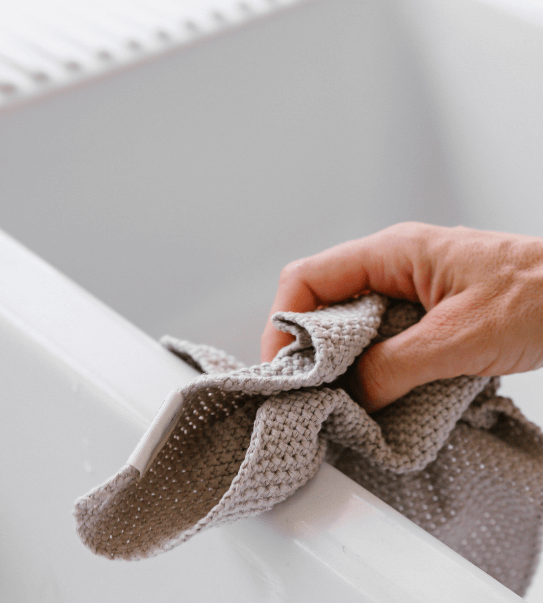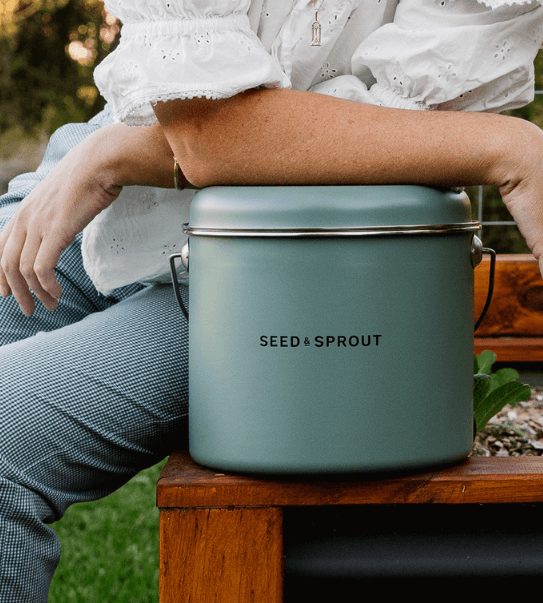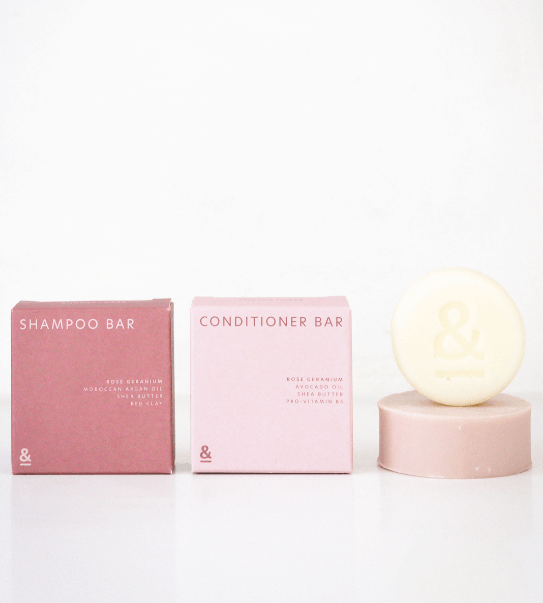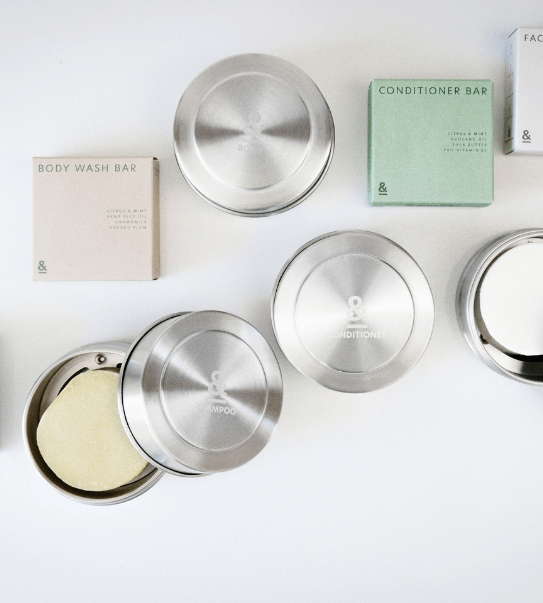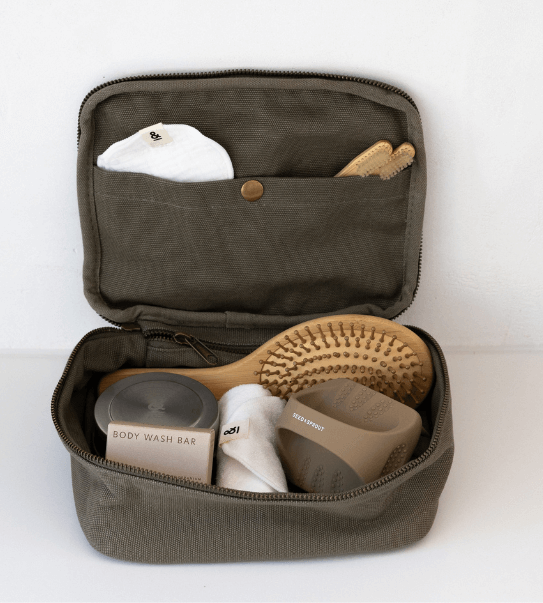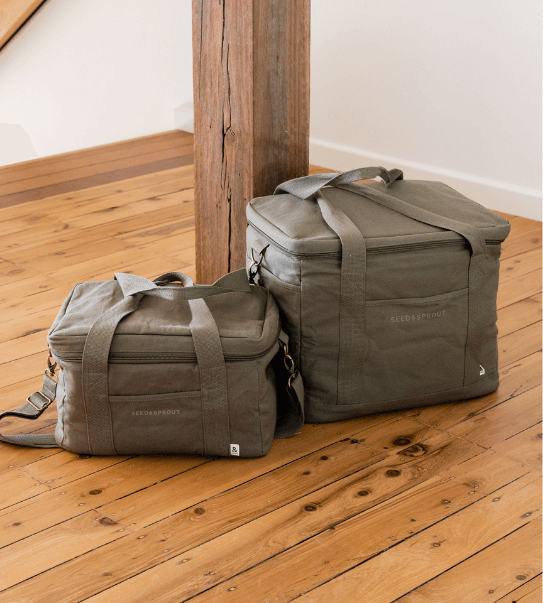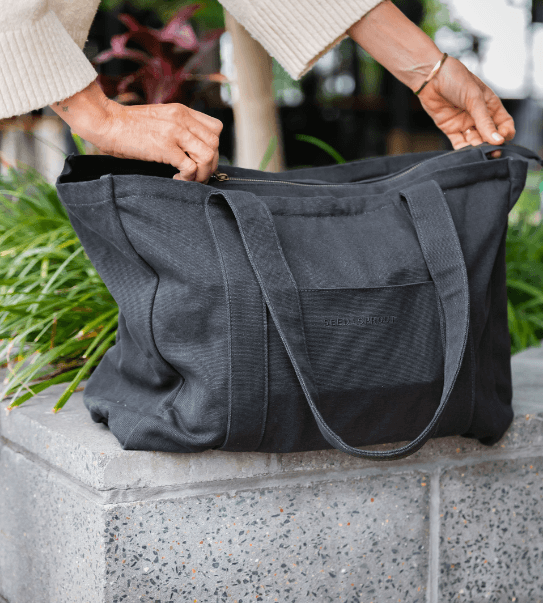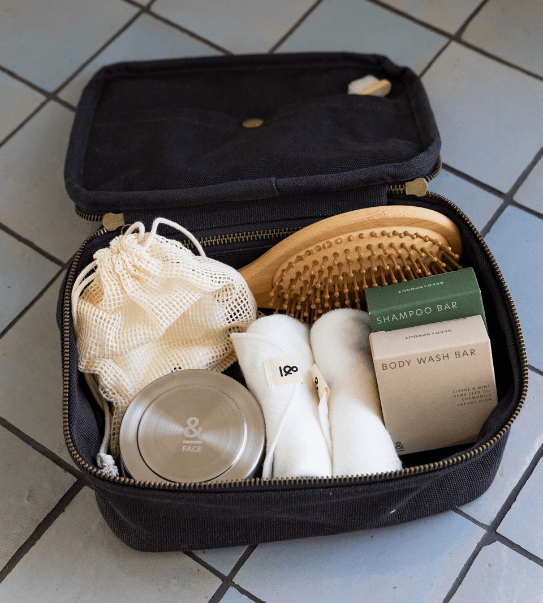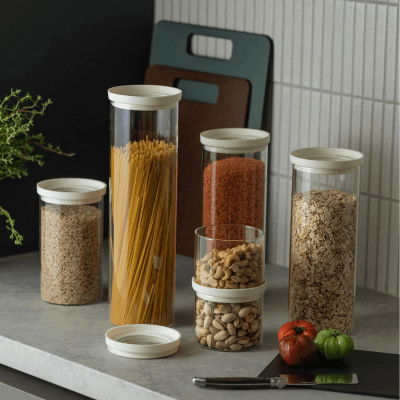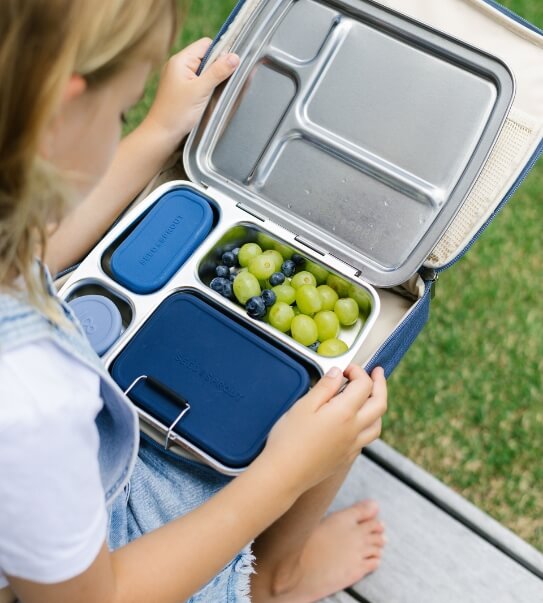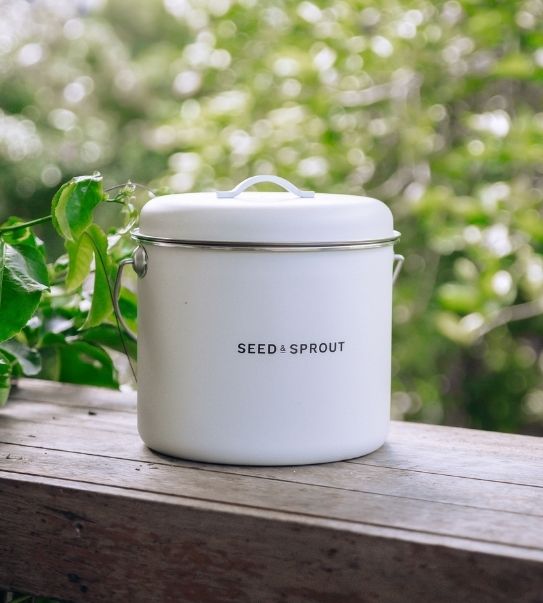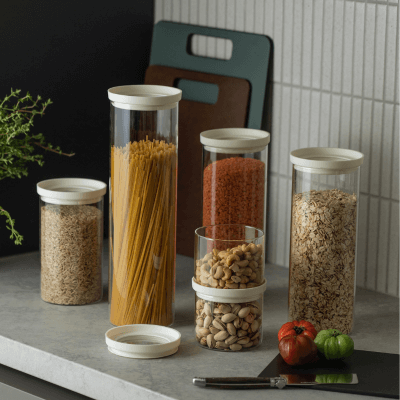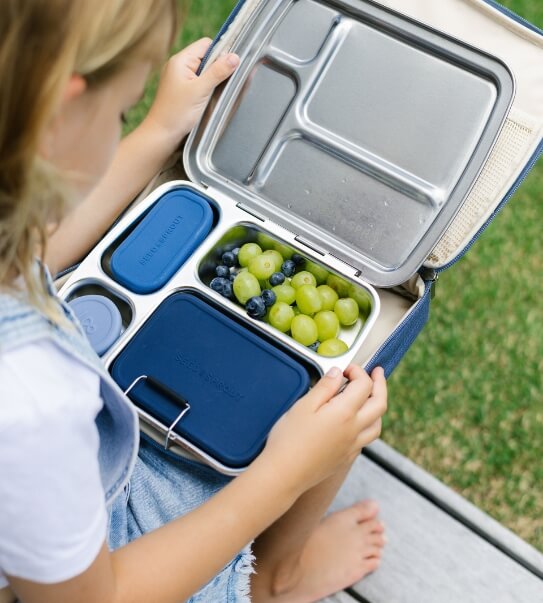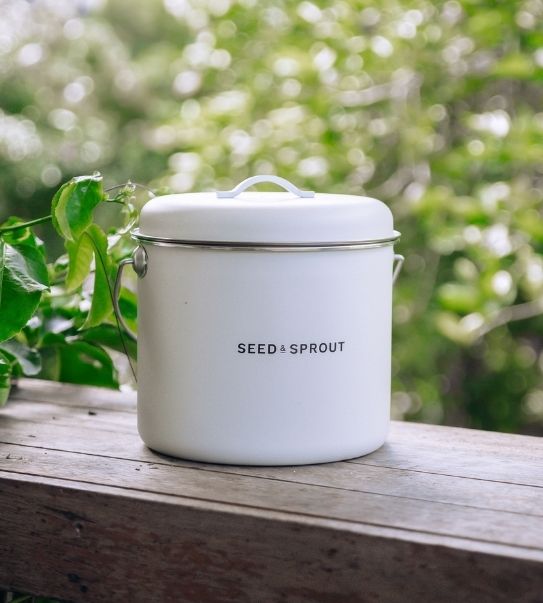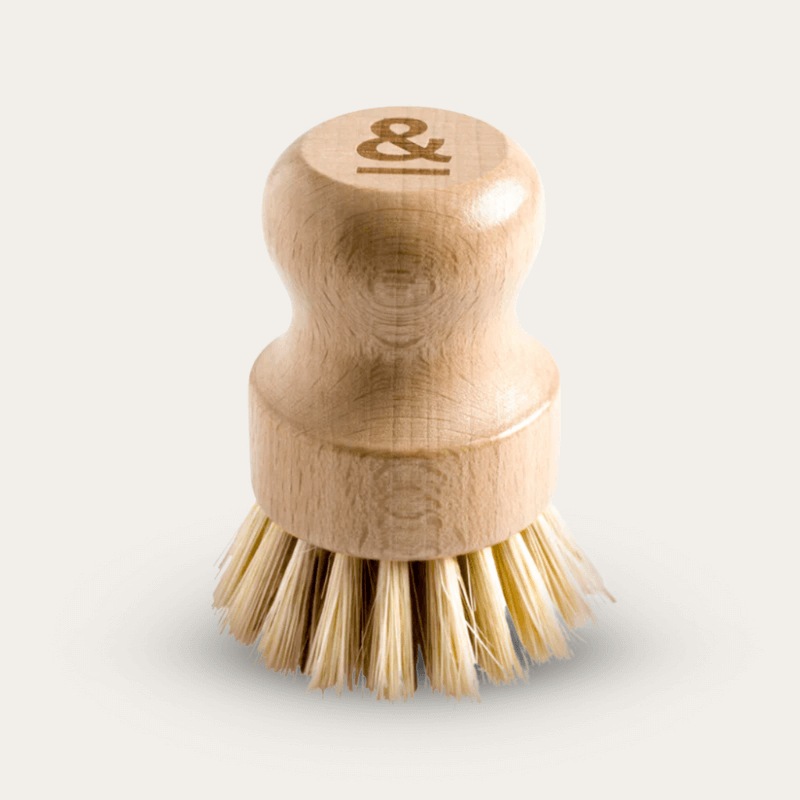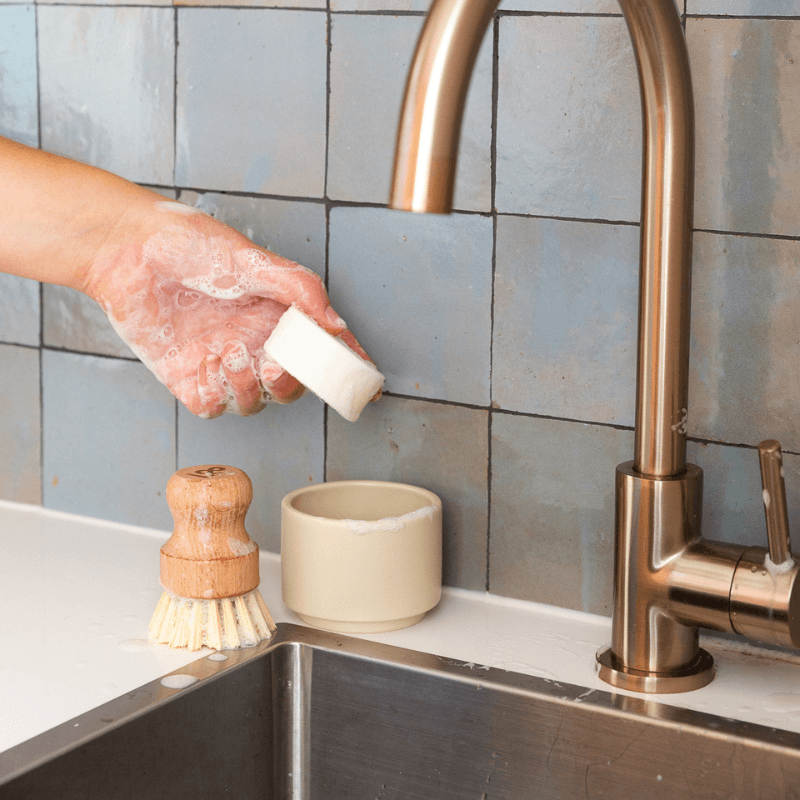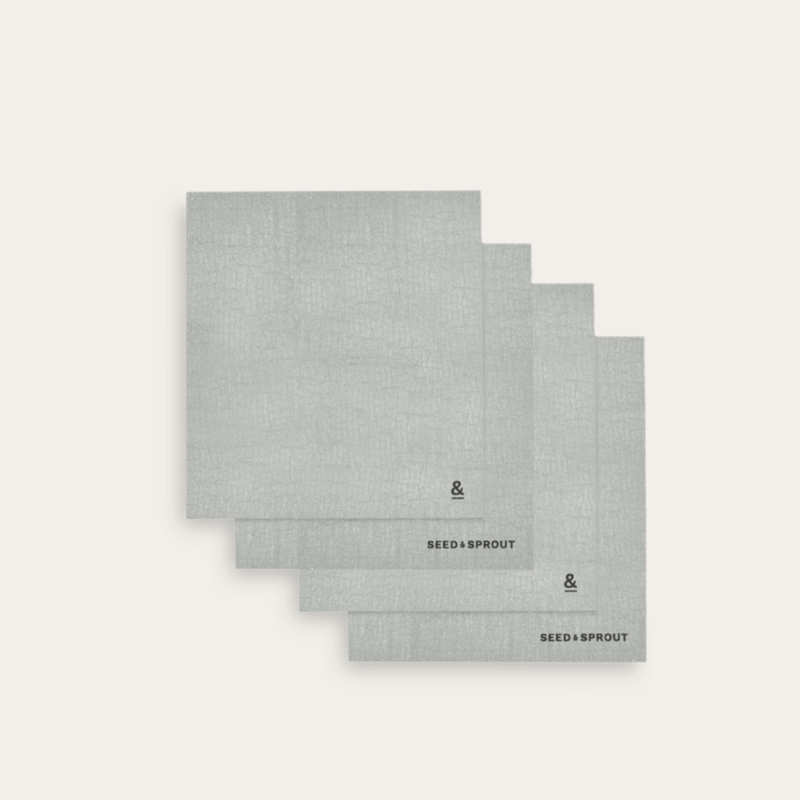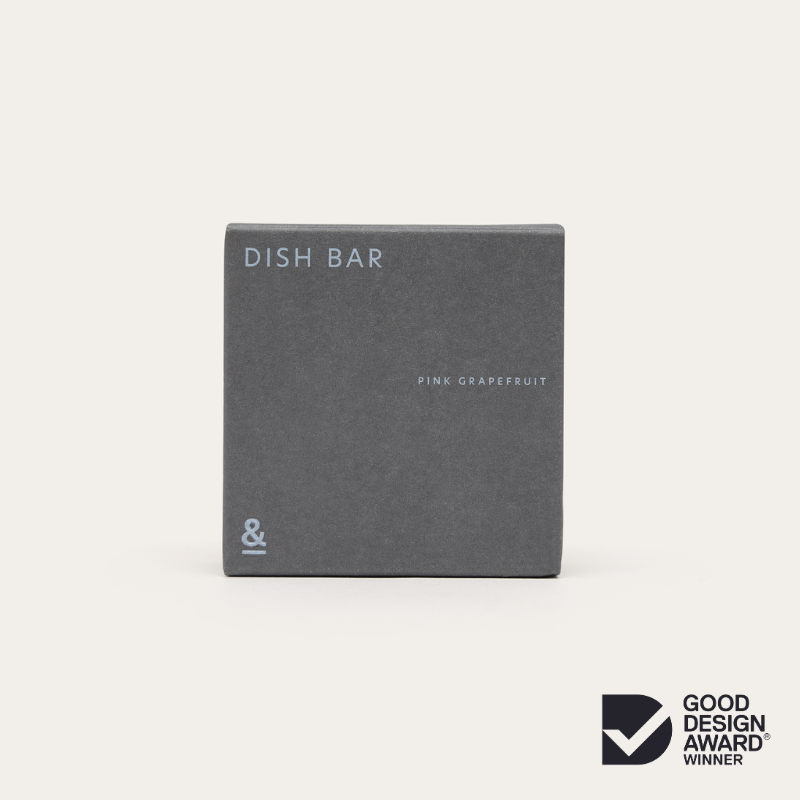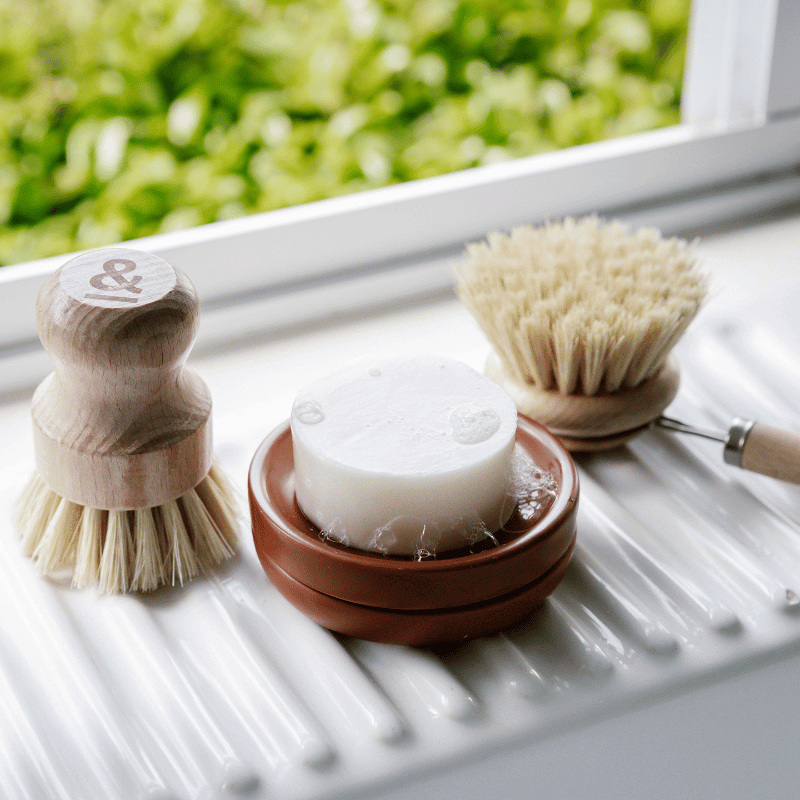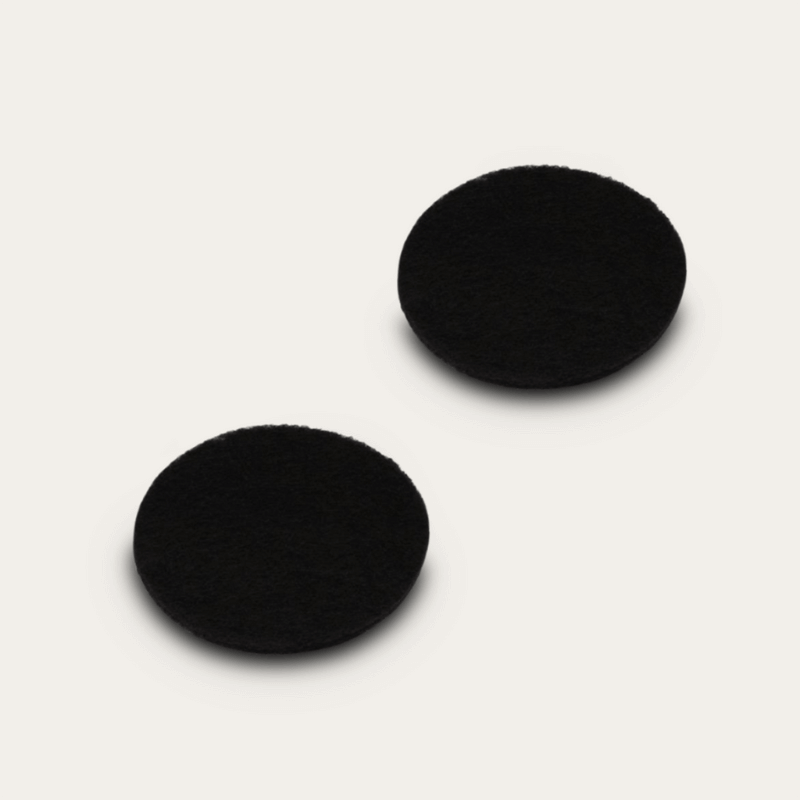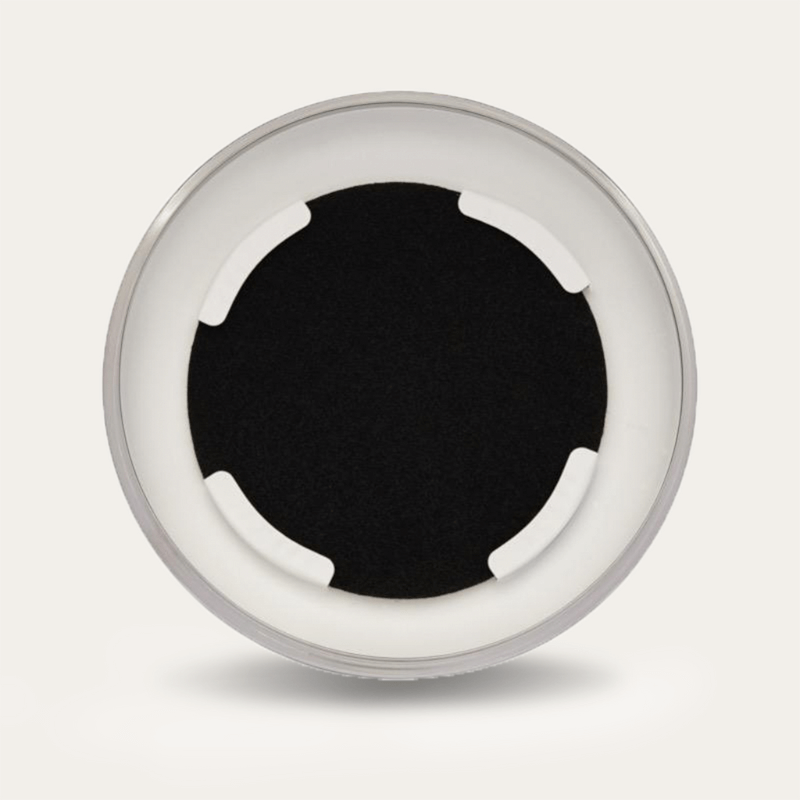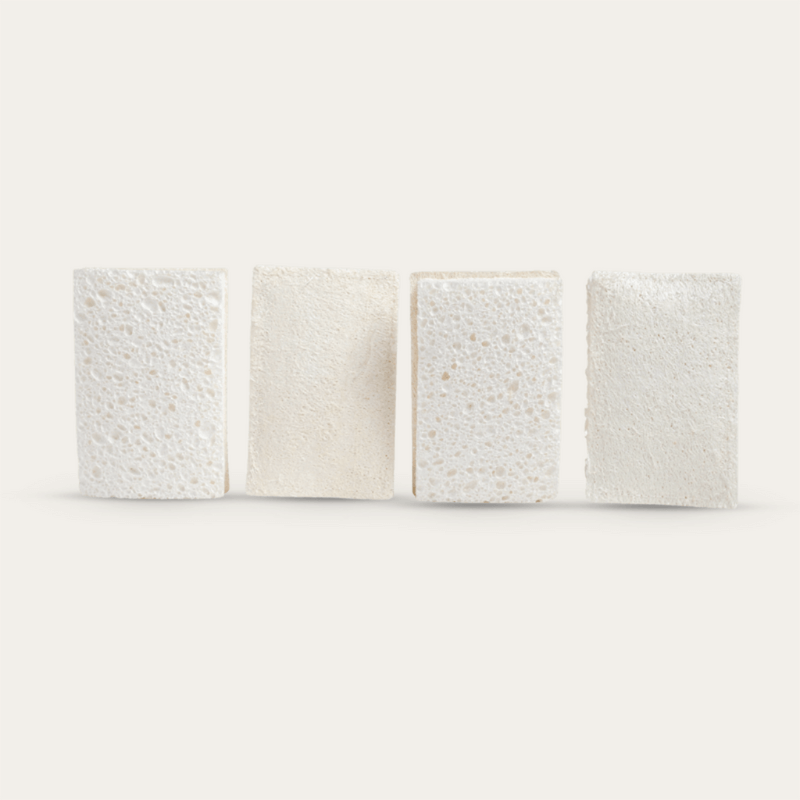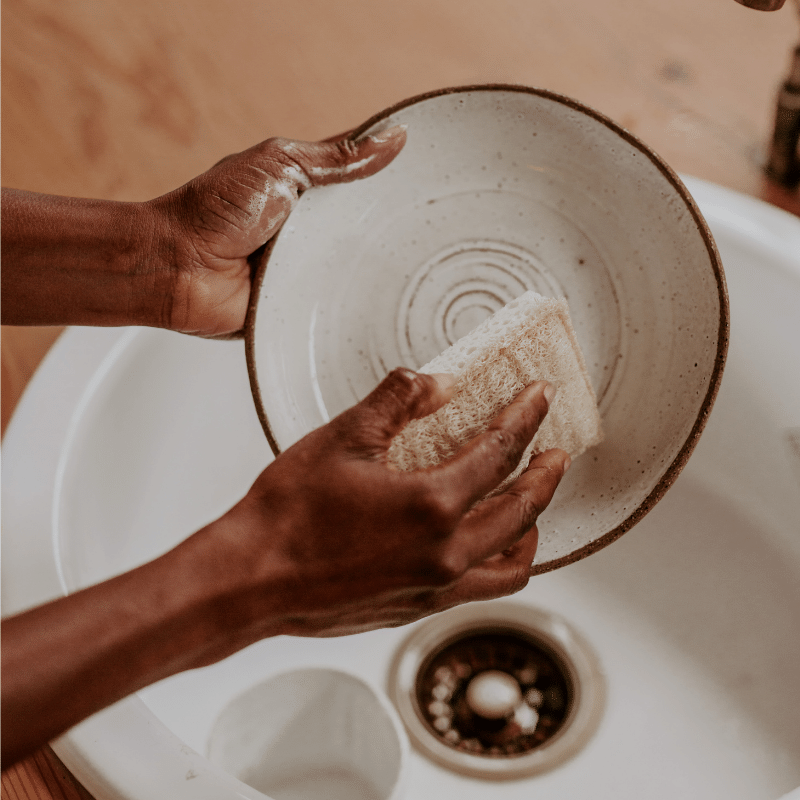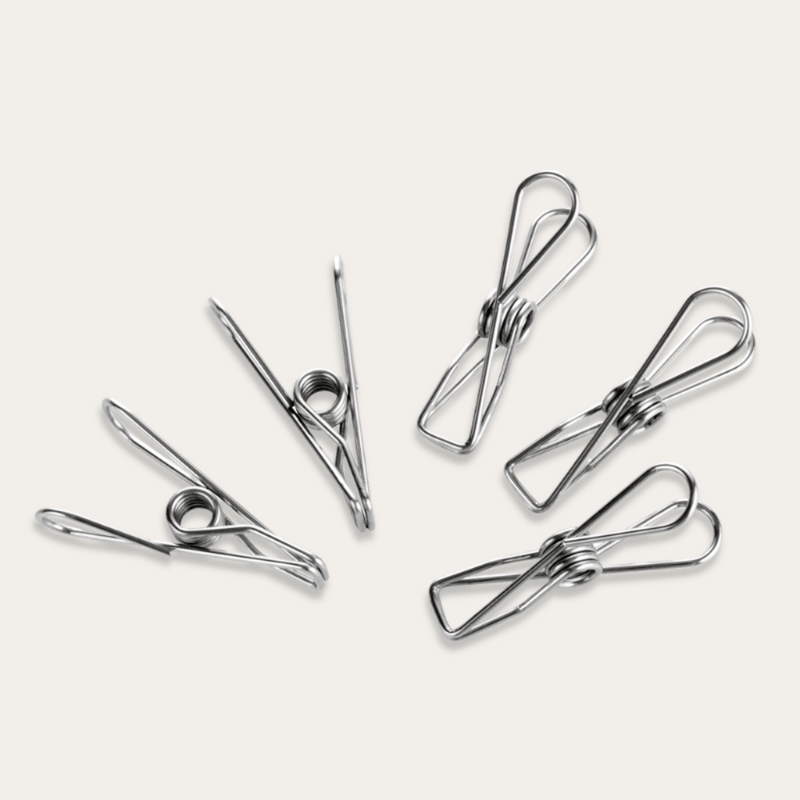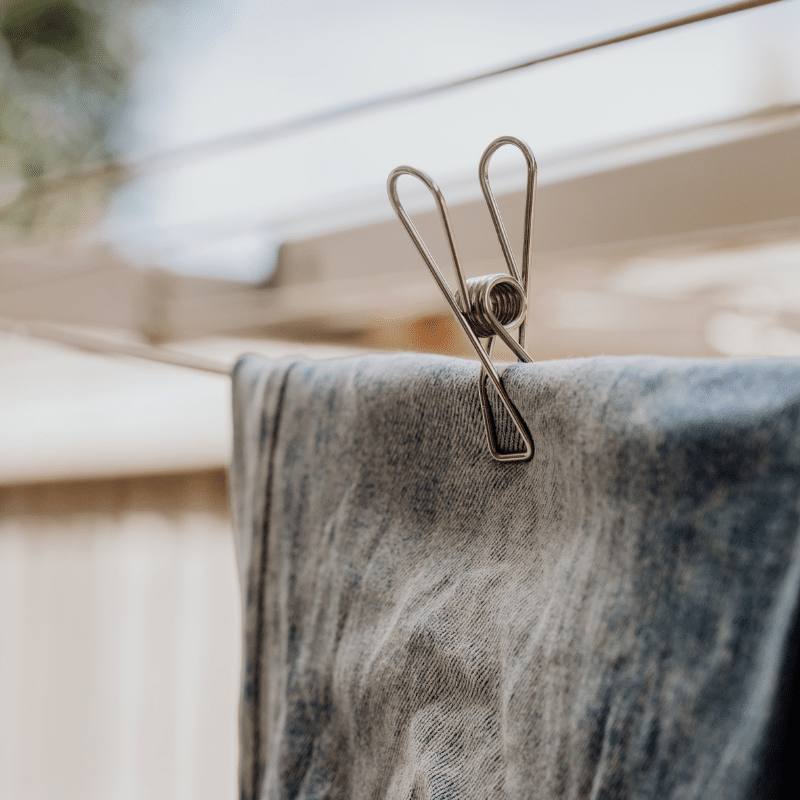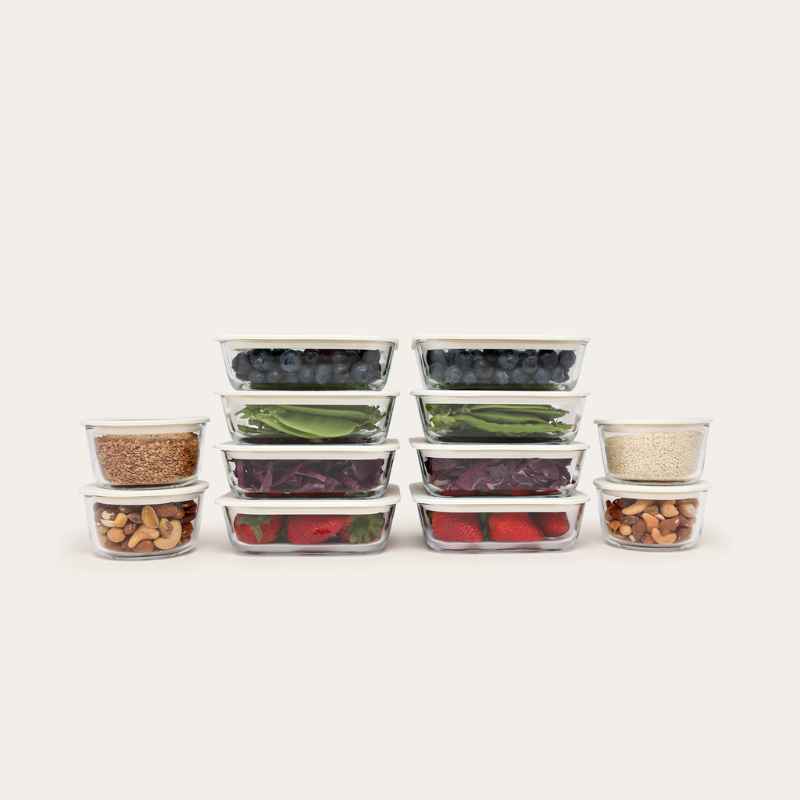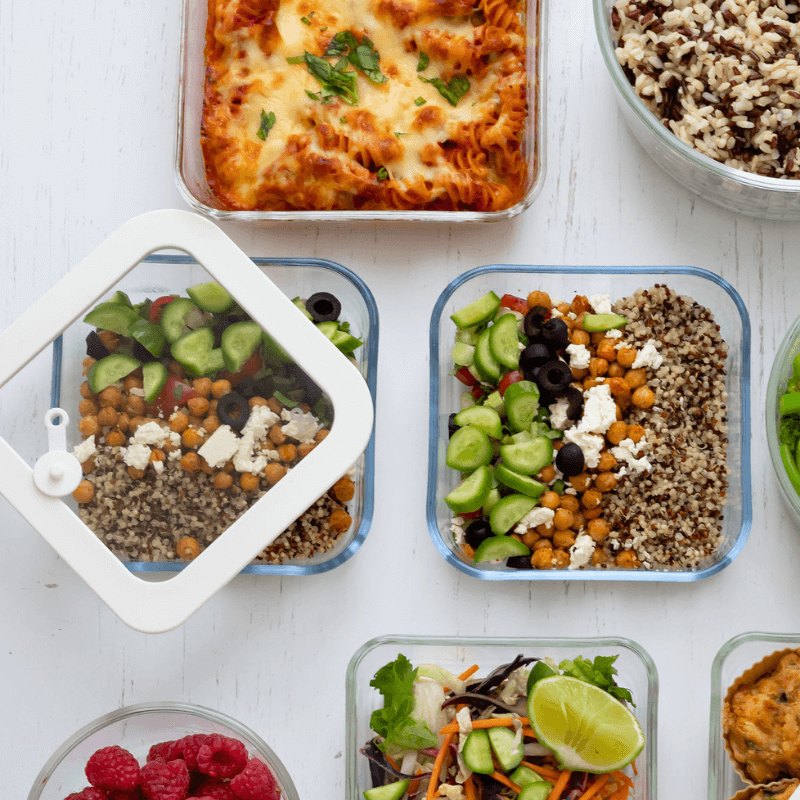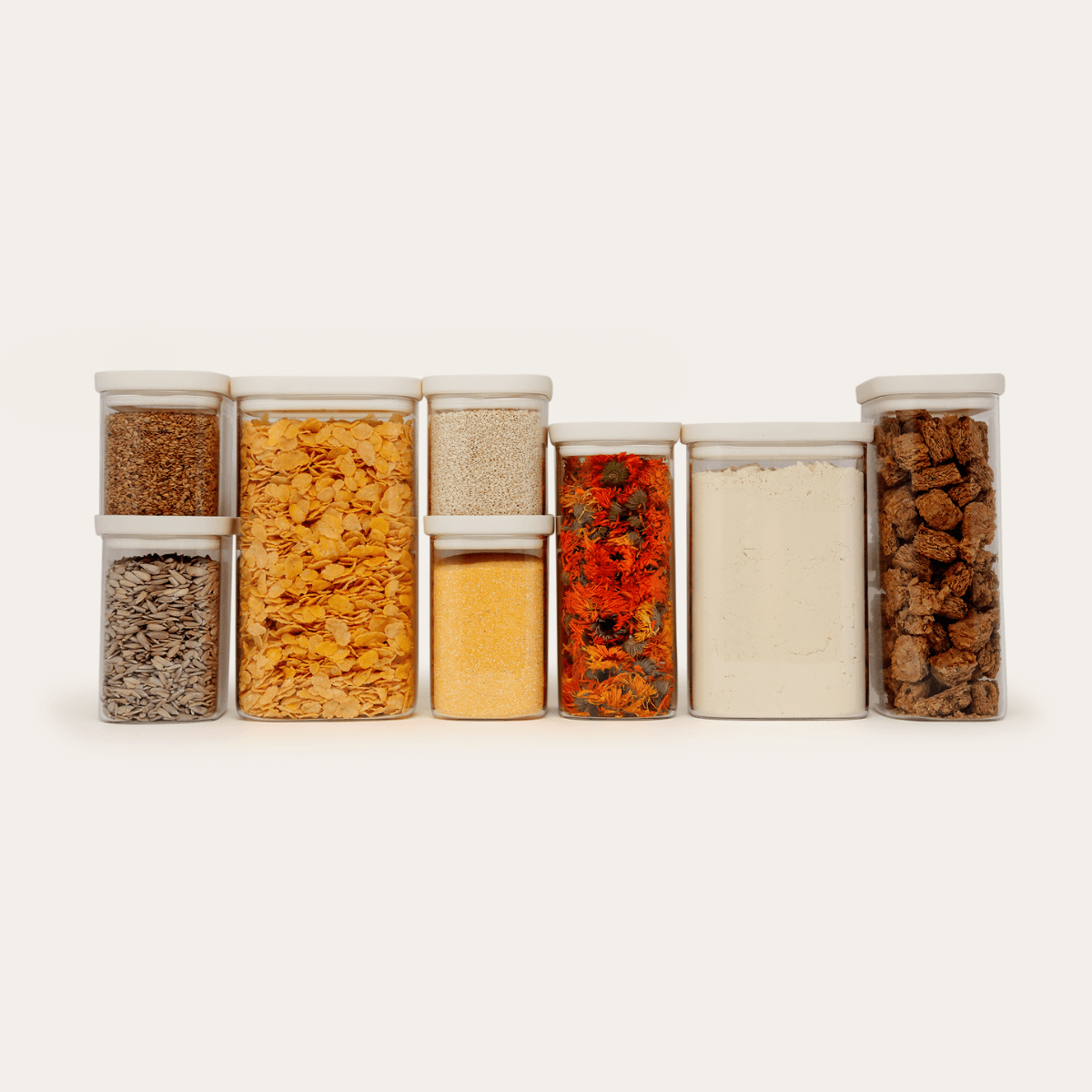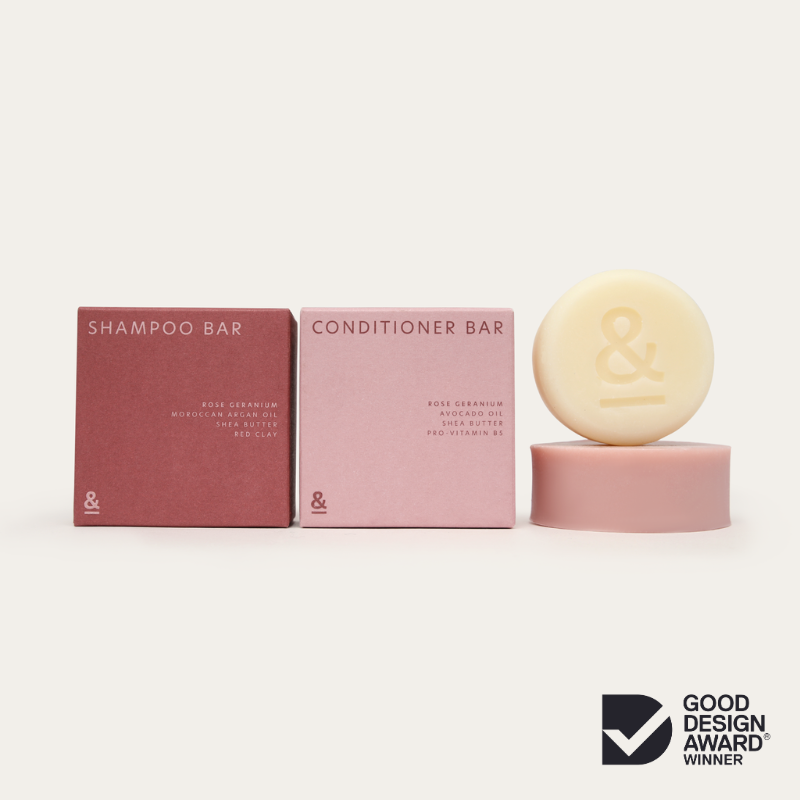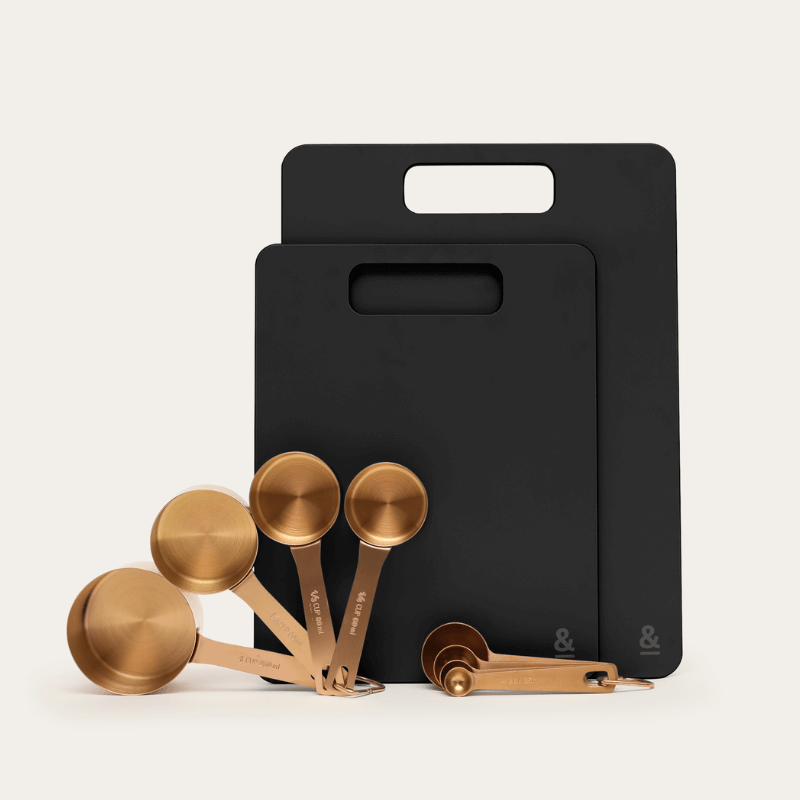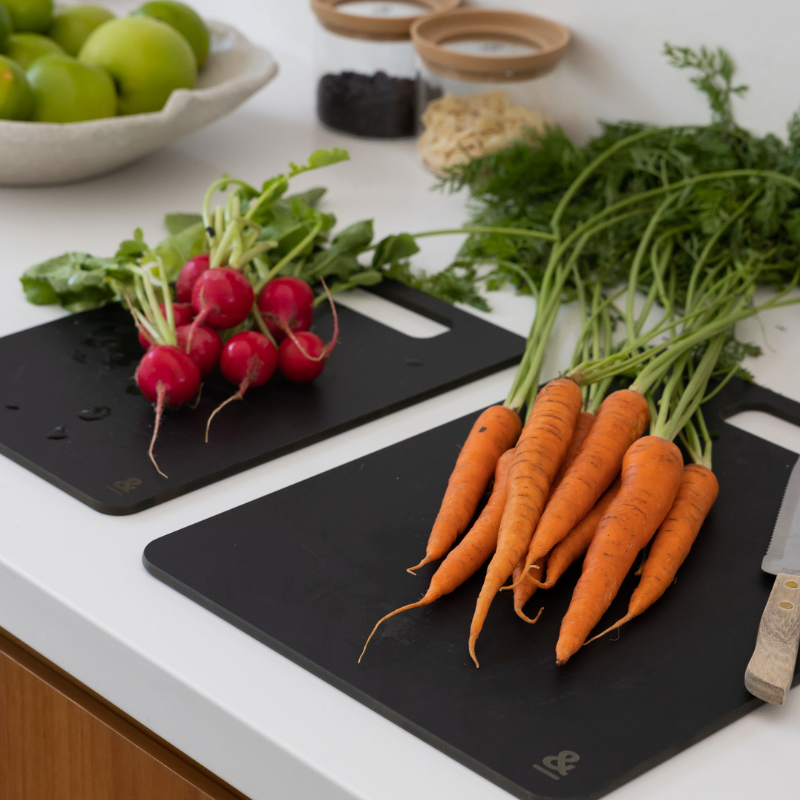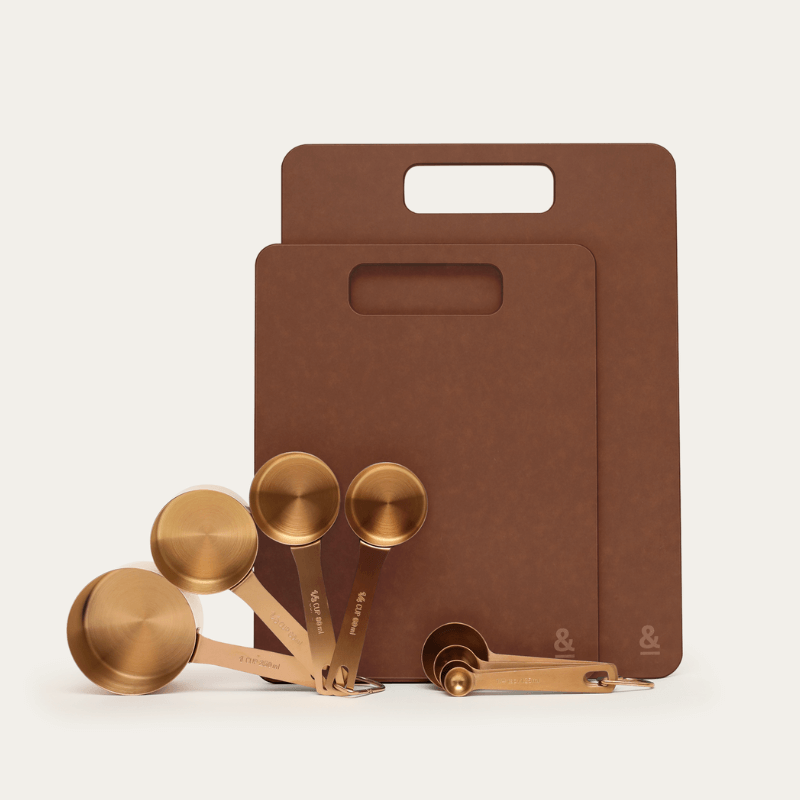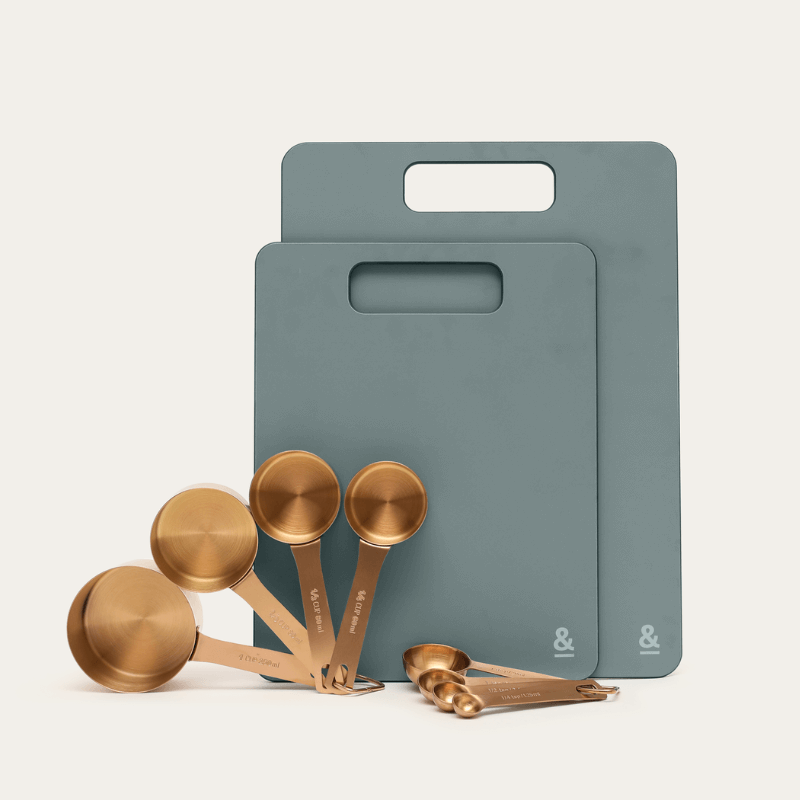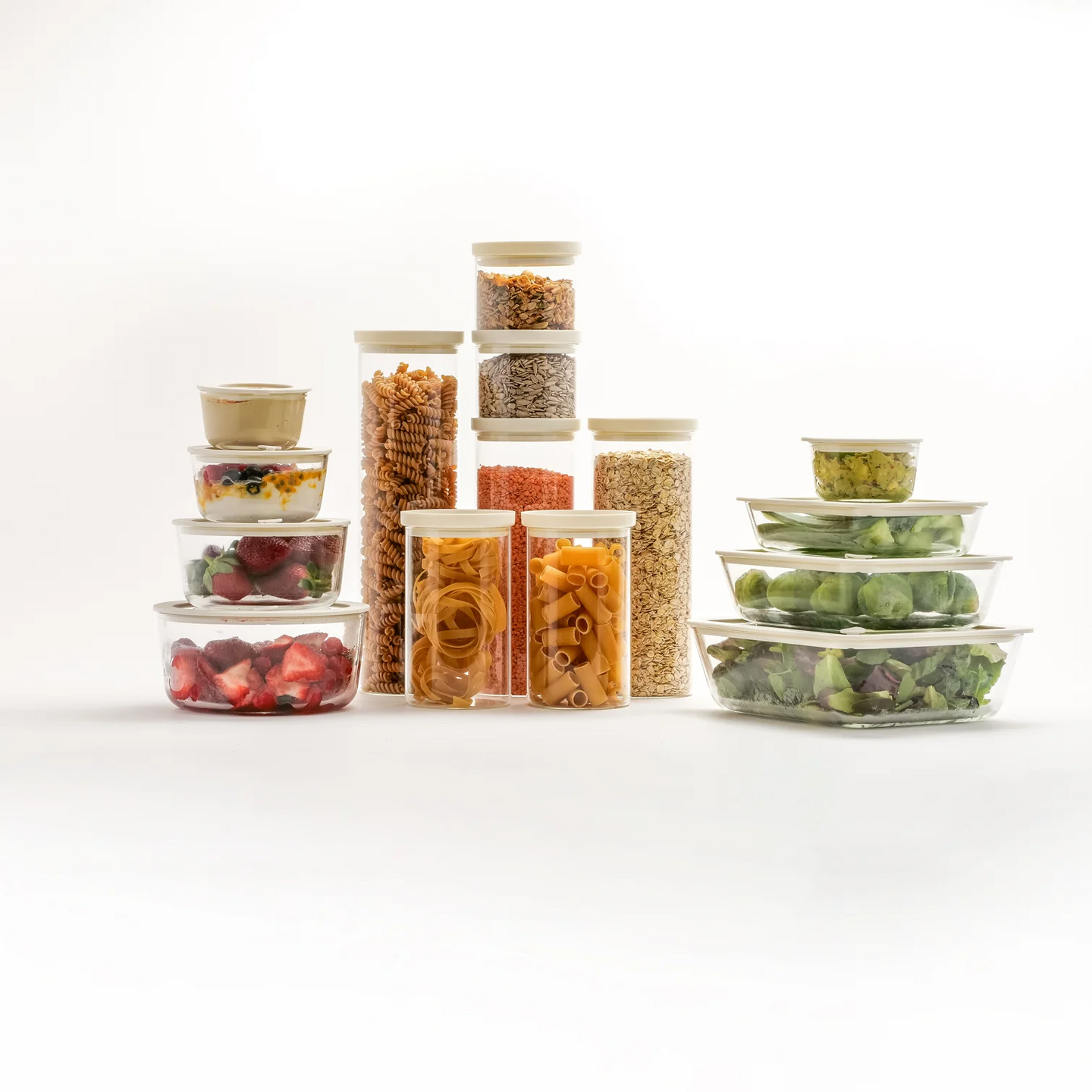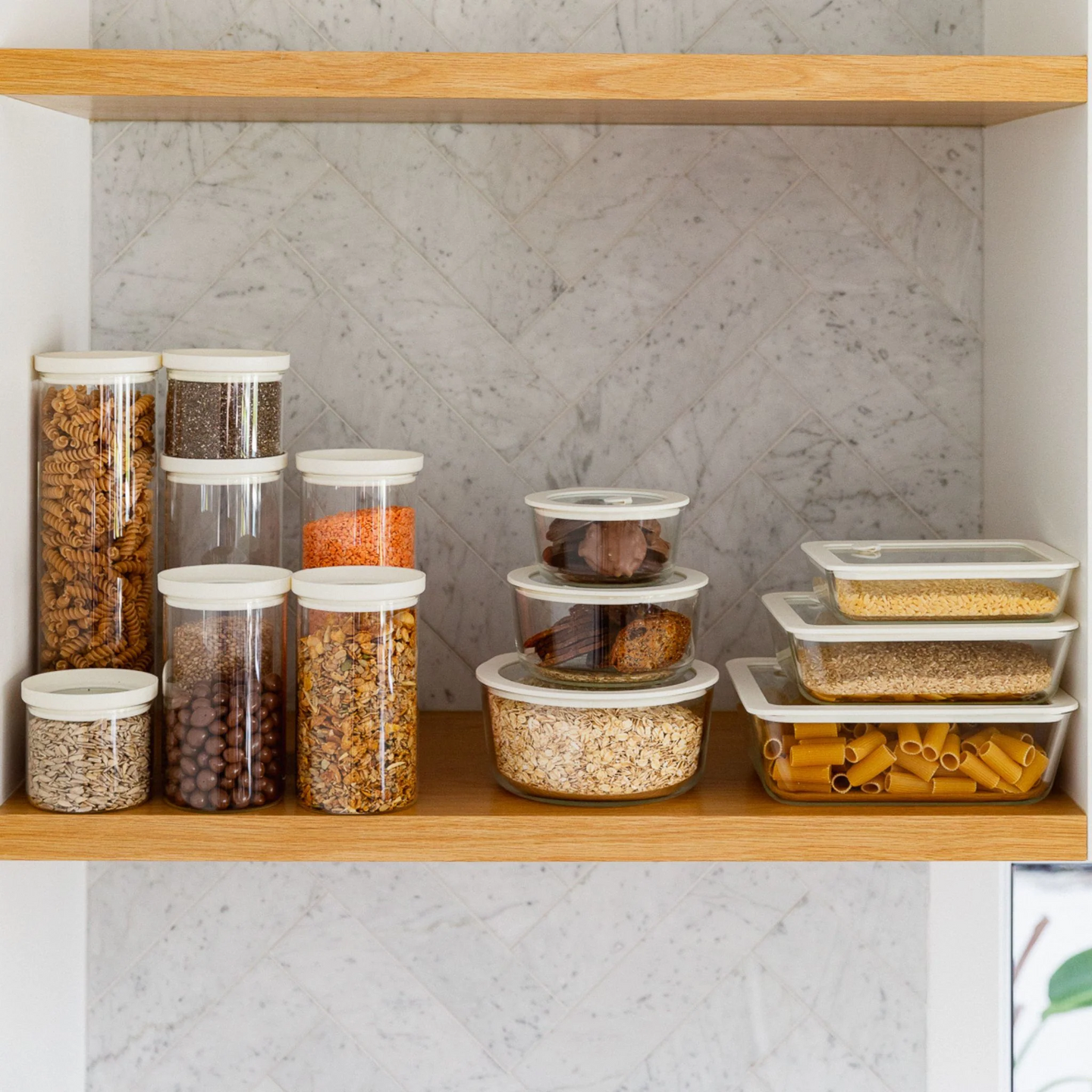How to Compost: Why, How, And What To Do With It. The Ultimate Guide
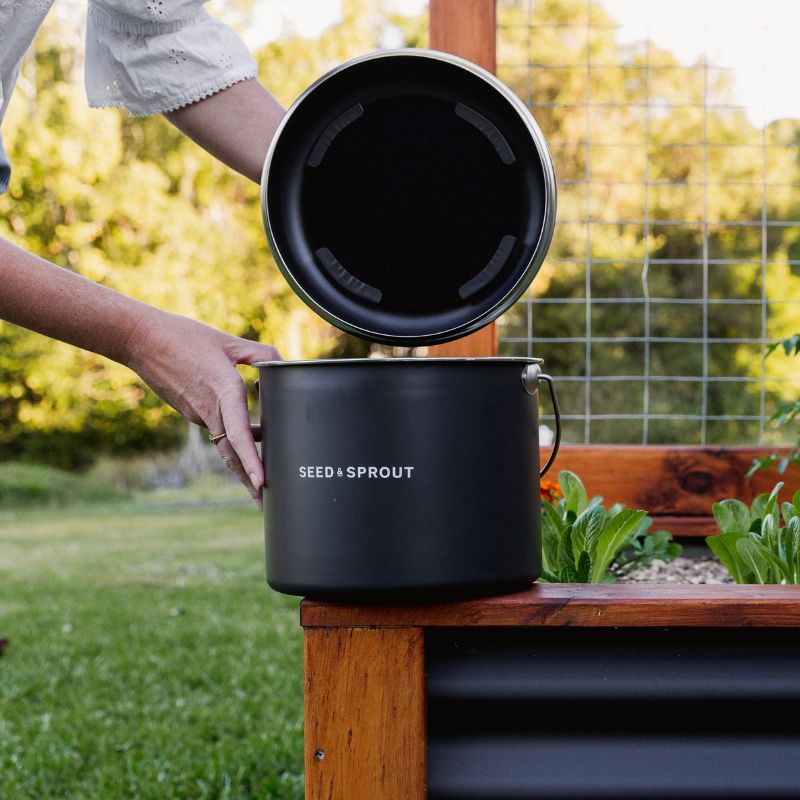
Read time 3.5 minutes.
Composting is one of the simplest ways we can reduce food waste and fight climate change while nourishing the Earth.
Did you know that Australia generates a staggering 7.6 million tonnes of food waste annually? Sadly, the majority of this ends up in landfill where it contributes harmful greenhouse gas emissions.
Farmers create nutrient dense soil to grow crops. These crops then absorb the nutrients from the soil as the grow. We bring the fruits and veggies to our kitchens, peel, chop, and throw the leftovers in the waste.
In landfills, organic material breaks down very slowly or not at all, resulting in the loss of any nutrients.
Food waste is something we rarely have to consider, out of sight very easily becomes out of mind. Would you be surprised to learn that if food waste were a country it would be the third largest emitter of greenhouse gases? We certainly were!
Our food scraps enter landfills and become surrounded by other waste which prevents the presence of microbes and oxygen. Healthy soil creation then becomes impossible.
Instead the organic matter breaks down anaerobically which produces methane gas as a byproduct. Methane is a potent greenhouse gas, that is 25x better at trapping heat in the air than carbon dioxide.
By reducing the amount of food waste we send to landfill, we directly impact the amount of methane being released into our atmosphere.
Consider the alternative. Your very own nutrient-rich black gold for your flowers, your house plants and even your veggie garden! Follow our step-by-step guide on how to begin your journey. Let's go!
1. Choose Your Compost
Decide whether you want to use a compost bin or pile, a worm farm, a compost tumbler or create your own. Compost bins and worm farms are excellent for small gardens and apartments. If you like doing things yourself, you can just dig a hole or even build your own using different materials.
2. Find the Perfect Location
Location matters! Organic material will break down faster with moisture and heat. In warm, dry climates chose a spot with shade to avoid the material drying out. In cooler, wetter climates, make sure your location has good drainage and access to sunlight.
3. Master the Ratios
It's all about balance. Greens (nitrogen) are nitrogen-rich materials, like food scraps, fruit and vegetable peels, coffee grounds, and fresh grass clippings. Browns (carbon), on the other hand, are carbon-rich materials, such as dry leaves, cardboard, and shredded paper.
Begin with a 4-inch layer of twigs, hay, or straw to ensure proper air circulation. Follow with a layer of dried leaves and finished compost. Then, alternate between layers of green and brown materials. Aim for ratio of approximately 3:1 (carbon-rich to nitrogen-rich).
4. Get Everyone On Board
Make collecting kitchen scraps a non-negotiable in your household. Invest in a stylish Kitchen Compost Bin or simply use a large bowl in the freezer. Both of these options will prevent any smells from escaping (which will keep everyone on board!)
5. Gather and Store Brown Materials
Leaves, logs, paper, cardboard, organic waste whatever becomes available. Put it to one side and keep it ready for when you need it.
7. Maintenance
It's natural and easy, but there are ways to make nutrient rich soil faster. Turning (the process of mixing your layers) introduces oxygen which is essential for decomposition. Secondly, keep it all moist like a wrung out sponge. Both should be checked once a week.
8. Speed It Up with Microbial-Rich Materials
If you're eager to accelerate things even further, consider adding materials rich in microbes, bacteria, fungi, insects, mites, and worms. Mushroom manure, well-rotted manure, healthy garden soil, or compost accelerators are excellent options.
9. The Reward: Using Finished Compost
Your food scraps will turn into dark, crumbly black gold with an earthy scent after waiting for a while. This waiting period can range from 2 weeks to 12 months. You can use this goodness to enrich your garden, mulch around indoor and outdoor plants, and grow nutrient dense vegetables.
10. What to Compost and What to Avoid
Remember to compost a variety of organic materials, including fruits, vegetables, eggshells, coffee grounds, garden waste, dry leaves, and more. Avoid items like meat, fish bones, dairy products, pet waste, and diseased plants or insect-ridden plants.
Remember to chop everything as small as possible and as this will speed up the time it takes to break down!
Home Compostable vs Biodegradable and Recyclable
Eco-labels can be confusing. Get all the facts before you start your journey to understand them better.
- Home compostable products decompose into organic matter within 90-180 days. The items are made of natural materials like our Cellulose Sponge or display the seedling logo such as our Compostable Bin Liners. These products can happily be added to your home compost.
- Biodegradable products break down with help from living things, but they might not become useable compost. Avoid including these.
- Recyclable products can be cleaned and processed into new items so ensure these go in your yellow council bin. The exception would be paper and cardboard which can be recycled or composted (just remove any sticky tape!)
All of our packaging from our products to our shipping is completely plastic free so you can add it straight to your home compost or green organics waste bin.
Composting Alternatives and Tips for All Lifestyles
If you don't have the space or time to compost at home, don't worry! We've found lots of options to get involved in composting. Consider worm farms, community gardens, or even donating your food scraps to local farmers. Check out Sharewaste which is an incredible community incentive to divert green organics and food waste from landfill.
Together, we can make a significant positive impact on our planet and leave a greener world for future generations. Any questions? Get in touch!
